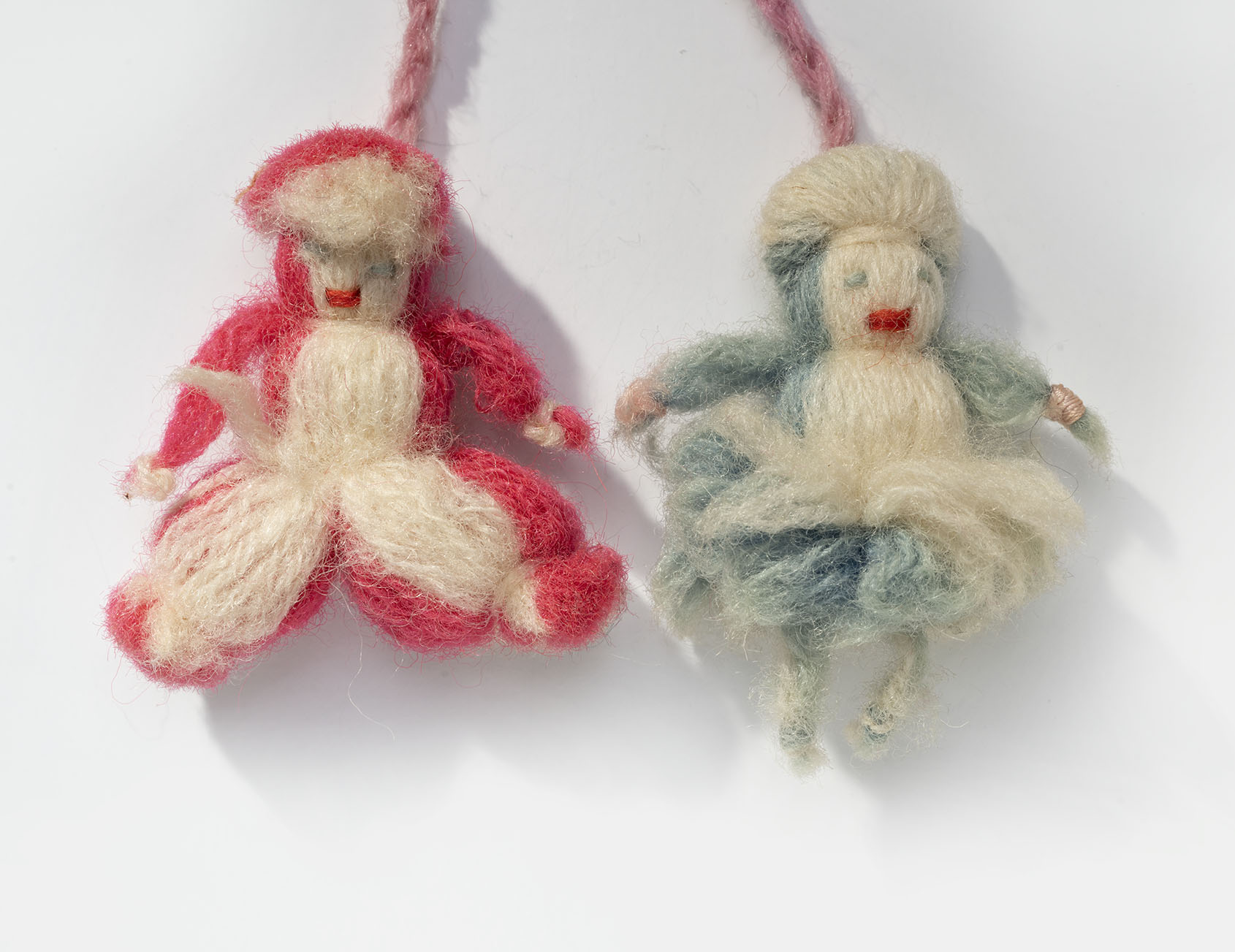Make your own Nenette and Rintintin charms

Charms appeared everywhere in World War I. Servicemembers believed these small tokens offered protection through folk traditions or magic. Many charms were worn or carried for protection; others had specific rules to ensure their luck. “Touchwoods” were small wooden figures meant, when held, to bring luck – an expression like the more modern “knock on wood.” Woolen dolls called Rintintin and Nenette only became lucky if given to someone.


Though their construction is simple, Nenette and Rintintin carry much more significance than their woolen figures suggest. The red, blue and white wool appears patriotic in nature, resembling colors within many of the Allied Nations' flags. Sailors, soldiers, volunteers and especially pilots believed the dolls, often made by French children or servicemembers’ French sweethearts, became lucky when the person who made the dolls gave them as a gift. The dolls' influence quickly spread from Paris as U.S. soldiers brought many with them when they returned home. One U.S. Army Corporal, Lee Duncan, rescued two puppies from an abandoned German kennel in France. Duncan brought the dogs home with him and named them Rin Tin Tin and Nenette after the lucky dolls. Though Nenette did not survive, Rin Tin Tin became a celebrated canine film star.

With the form of a naked baby like the popular Kewpie dolls of the day, the “fums up” charm holds its hands in a permanent thumbs-up position. Popular prior to the start of the war on cards, this became a mass-marketed and popular “touchwood” charm. The arms on the gold body move up and down and the head is dark wood.